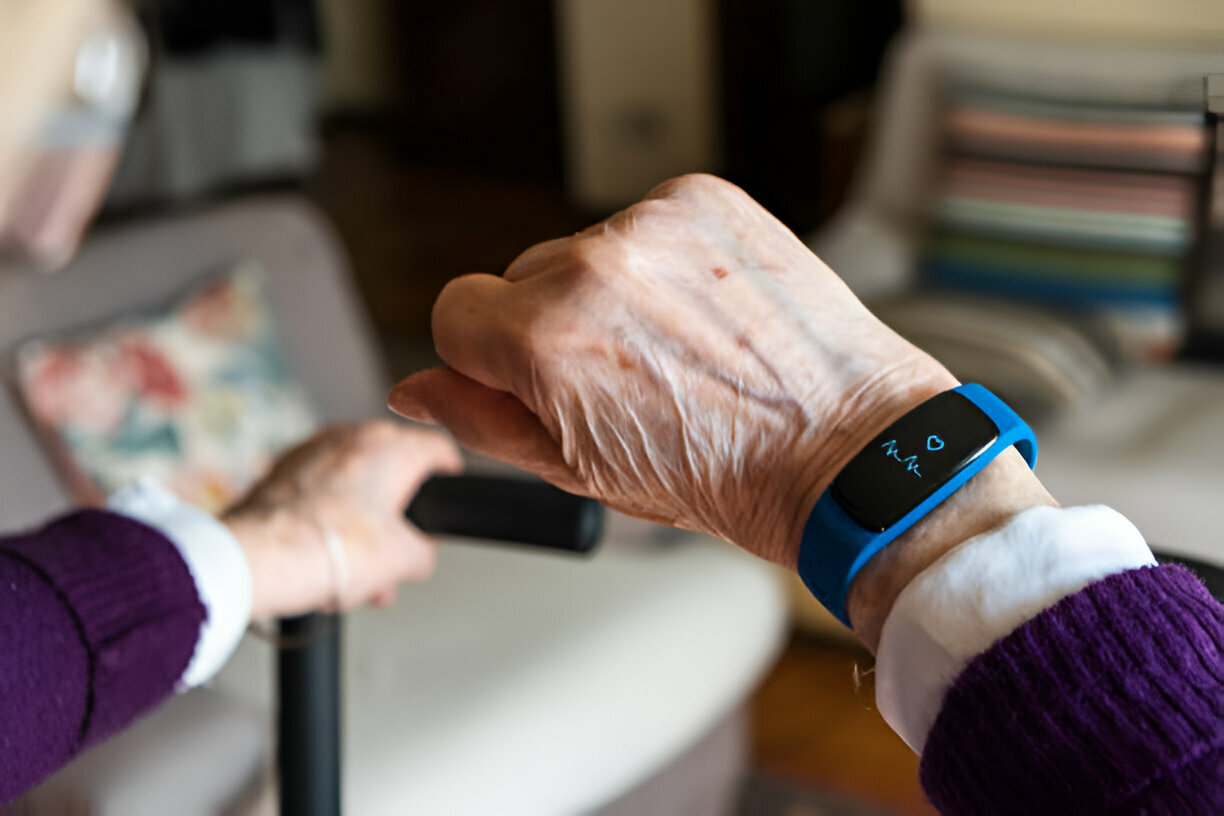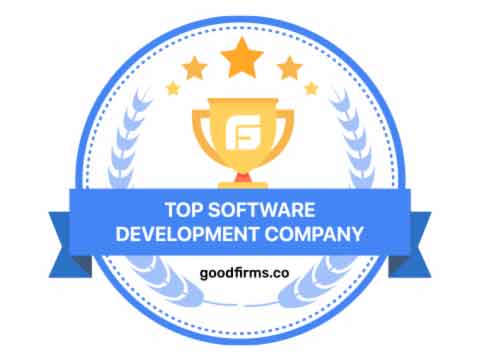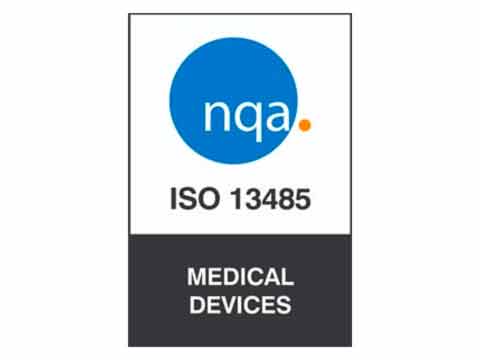As the United States and other countries face an aging population and a clinician shortage due to retirement and burnout, innovative solutions are needed to support the growing number of seniors in maintaining their independence and well-being. The United States Census Bureau projects, a significant increase in the elderly population, from 58 million in 2022 to a staggering 82 million by 2050, representing a 47% surge. This demographic shift underscores the importance of addressing the unique healthcare needs of seniors in the years to come. One promising avenue lies in the convergence of wearables, remote patient monitoring (RPM), and artificial intelligence (AI) technologies.
In this post, we’ll explore how the intersection of wearables, RPM, and AI is revolutionizing elder care and fostering independence among seniors by enabling them to live comfortably at home in a familiar environment.
Wearables
Wearable devices have emerged as powerful tools for monitoring health and wellness, and their use in elder care is particularly promising. From smartwatches to fitness trackers, wearables offer seniors a convenient, unobtrusive way to track vital signs, activity levels, and health trends in real time providing valuable insights into seniors’ cardiovascular health and physical activity levels.
More importantly, wearables can serve as early warning systems for potential health issues. By continuously monitoring parameters such as heart rate variability, sleep patterns, and activity levels, these devices can detect deviations from baseline levels and alert seniors and their caregivers to seek timely medical attention (George et al., 2023). This proactive approach not only improves health outcomes but also reduces the likelihood of emergency hospitalizations.
Remote Patient Monitoring (RPM)
Remote patient monitoring (RPM) systems complement wearables by enabling healthcare providers and caregivers to monitor individuals’ health statuses remotely and intervene when necessary. RPM typically involves the use of sensors, data transmission technology, and secure platforms for real-time monitoring and communication. For seniors aging at home, RPM offers a lifeline to healthcare professionals, providing them with continuous access to vital health data and enabling timely interventions.
One of RPM’s key benefits is its ability to detect subtle changes in health status that may go unnoticed by the patient or caregiver. For example, RPM systems can track changes in blood pressure, glucose levels, and medication adherence, allowing healthcare providers to intervene before minor issues escalate into serious health complications. This proactive approach not only improves the quality of care but also reduces healthcare costs by preventing hospital readmissions and emergency room visits. Sharing this data allows caregivers to also have a sense of peace knowing their loved ones are okay.
The Role of Artificial Intelligence (AI)
Artificial intelligence (AI) is revolutionizing healthcare by leveraging advanced algorithms to analyze large volumes of data and extract actionable insights. In elder care, AI plays a crucial role in making sense of the vast amounts of health data generated by wearables and RPM systems. By detecting patterns, predicting trends, and identifying anomalies, AI algorithms can help apps deliver personalized care tailored to each senior’s unique needs. Gen AI’s capabilities in translating these findings into lay language with empathy and the ability to answer questions is a powerful paradigm to assist elders.
For example, AI-powered algorithms can analyze seniors’ health data to identify trends indicating potential health risks, such as changes in mobility patterns or fluctuations in vital signs. Based on these insights, apps can signal the individual to work with their healthcare providers and they can proactively adjust treatment plans, recommend lifestyle modifications, or schedule preventive screenings to mitigate risks and optimize health outcomes. Furthermore, AI can facilitate remote triaging by prioritizing patients based on their risk profiles, ensuring that those in greatest need receive timely attention.
Advantages of Aging at Home
Aging at home offers numerous advantages for seniors, including comfort, familiarity, and independence. By enabling seniors to remain in their own homes, surrounded by their loved ones and familiar surroundings, aging at home promotes emotional well-being and enhances quality of life. Furthermore, home-based care is often more cost-effective than institutionalized care, as it reduces the burden on healthcare systems and minimizes the need for expensive hospitalizations and long-term care facilities.
Technology plays a pivotal role in enabling aging at home by providing continuous monitoring and support. Wearables, RPM, and AI empower seniors to take an active role in managing their health while providing healthcare providers with valuable insights to deliver personalized care remotely. This collaborative approach not only improves health outcomes but also fosters independence and autonomy among seniors, allowing them to live life on their own terms.
Case Studies and Success Stories
A recent study published in Digital Health found that seniors who used wearables to track their physical activity levels maintained their activity levels instead of declining. Similarly, RPM programs have been shown to reduce hospital readmissions among seniors with chronic conditions, leading to better outcomes and lower healthcare costs. AI-enabled RPM has also been shown to reduce hospitalizations by 87% and lower per-patient costs by $11,472 compared to regular healthcare for patients with chronic conditions in a paper published in the Journal of Technology in Behavioral Science.
In addition, AI-powered predictive analytics have been instrumental in identifying seniors at high risk of falls or medication non-adherence, allowing healthcare providers to intervene proactively and prevent adverse events. By harnessing the power of data and technology, these innovative solutions are empowering seniors to age at home safely and independently, while also providing peace of mind to their caregivers and loved ones.
Challenges and Future Directions
Despite the tremendous potential of wearables, RPM, and AI in elder care, several challenges remain to be addressed. These include privacy concerns surrounding the collection and use of health data, technological barriers to adoption, and disparities in access to technology among seniors. Moreover, the rapid pace of technological advancement raises questions about the ethical implications of AI and its impact on the doctor-patient relationship.
Future innovations in this field hold promise for overcoming these challenges and unlocking new opportunities for improving elder care. Advanced sensors, predictive analytics, and personalized care plans will further enhance the effectiveness of wearables, RPM, and AI in supporting seniors’ health and well-being. Moreover, greater collaboration between healthcare providers, technology developers, and policymakers will be essential to ensure that these innovations reach those who need them most.
—————————–
For tailored solutions in healthcare or medical software, Estenda Solutions offers innovative and cost-effective services designed to meet diverse organizational needs. Contact us today to explore how we can help you leverage data, custom software, and AI to achieve your strategic objectives. Reach out to us at (484) 362-1200 or via email at info@estenda.com to get started.
Remember, with Estenda Solutions, the possibilities are endless!
References:
George, A., Shahul, A., & George, D. (2023). Wearable sensors: a new way to track health and wellness. Zenodo (CERN European Organization for Nuclear Research). https://doi.org/10.5281/zenodo.8260879
Hilty, D. M., Armstrong, C. M., Edwards-Stewart, A., Gentry, M. T., Luxton, D. D., & Krupinski, E. A. (2021). Sensor, Wearable, and Remote Patient Monitoring Competencies for Clinical Care and Training: Scoping Review. Journal of technology in behavioral science, 6(2), 252–277. https://doi.org/10.1007/s41347-020-00190-3
US Census Bureau. (2023, June 23). America is getting older. Census.gov. https://www.census.gov/newsroom/press-releases/2023/population-estimates-characteristics.html
US Census Bureau. (2023e, October 31). 2023 National Population Projections Tables: Main Series. Census.gov. https://www.census.gov/data/tables/2023/demo/popproj/2023-summary-tables.html











